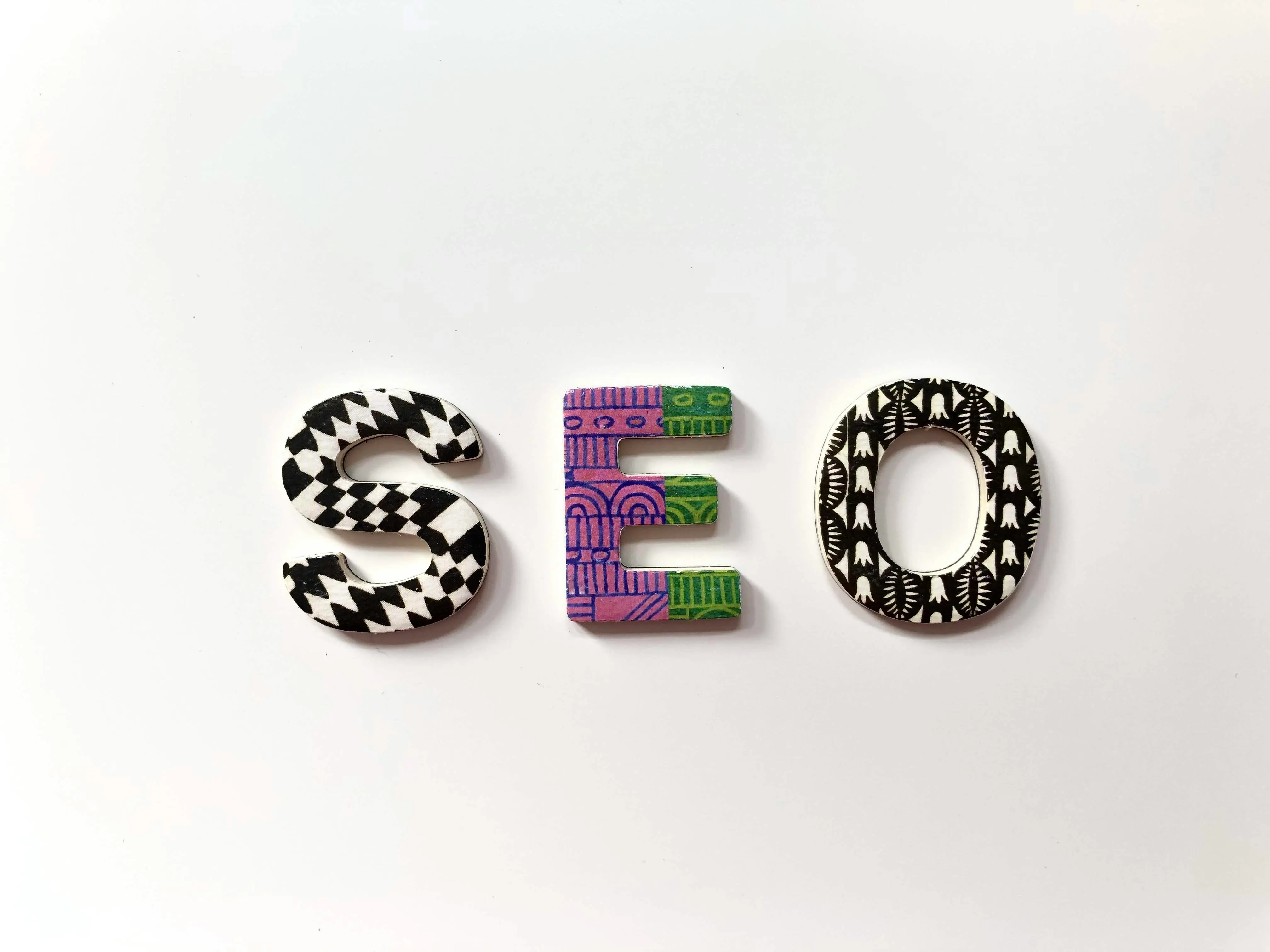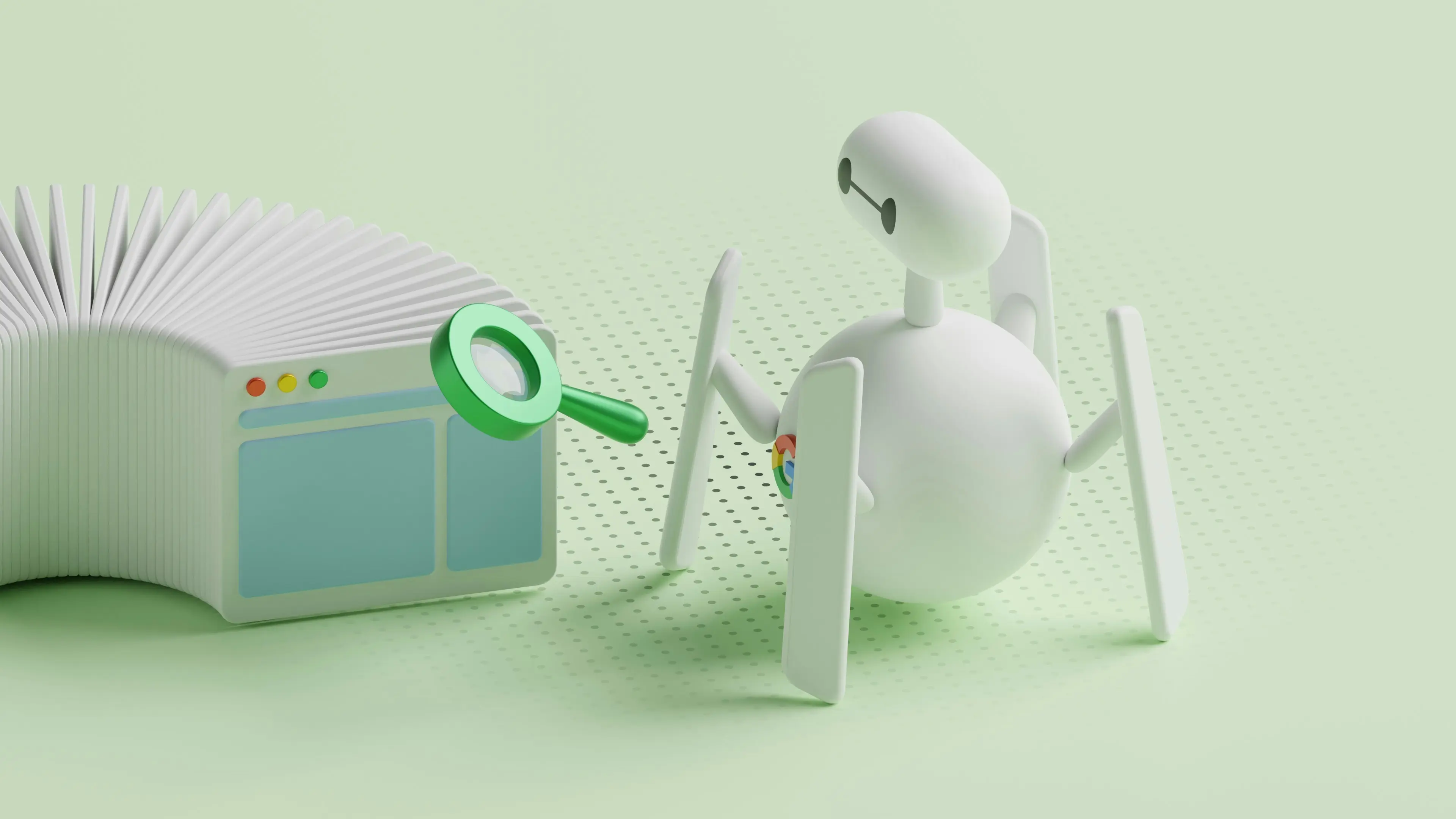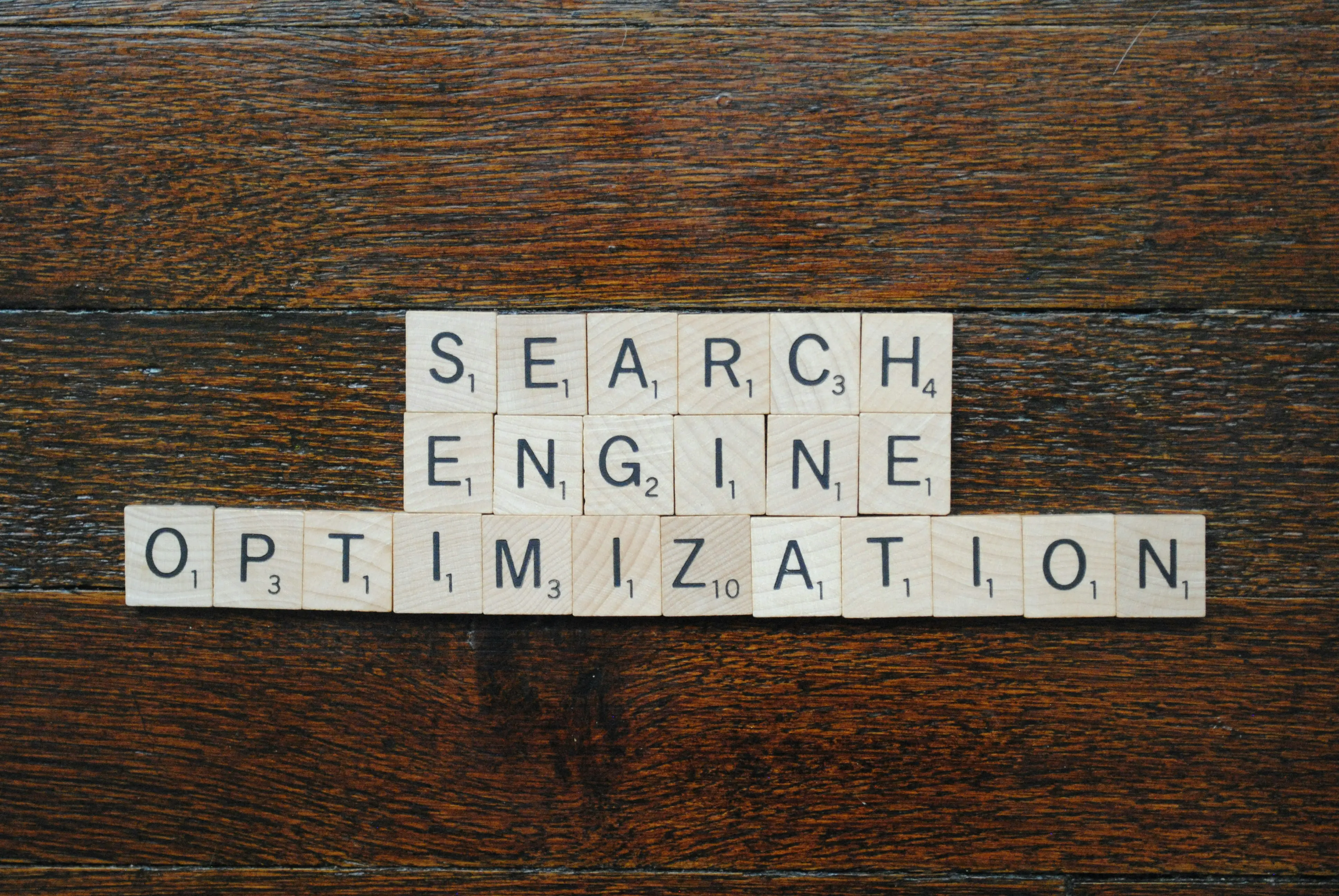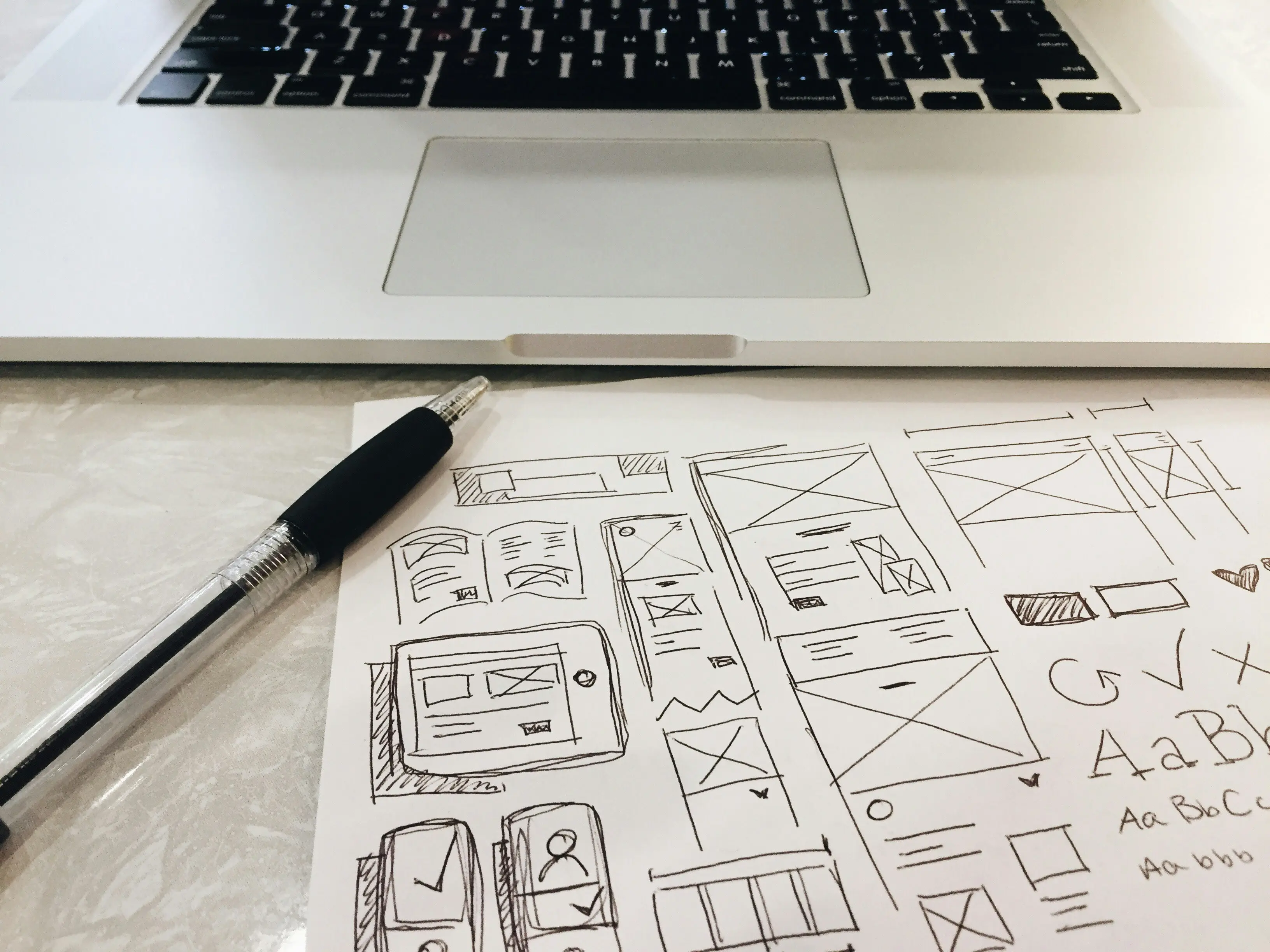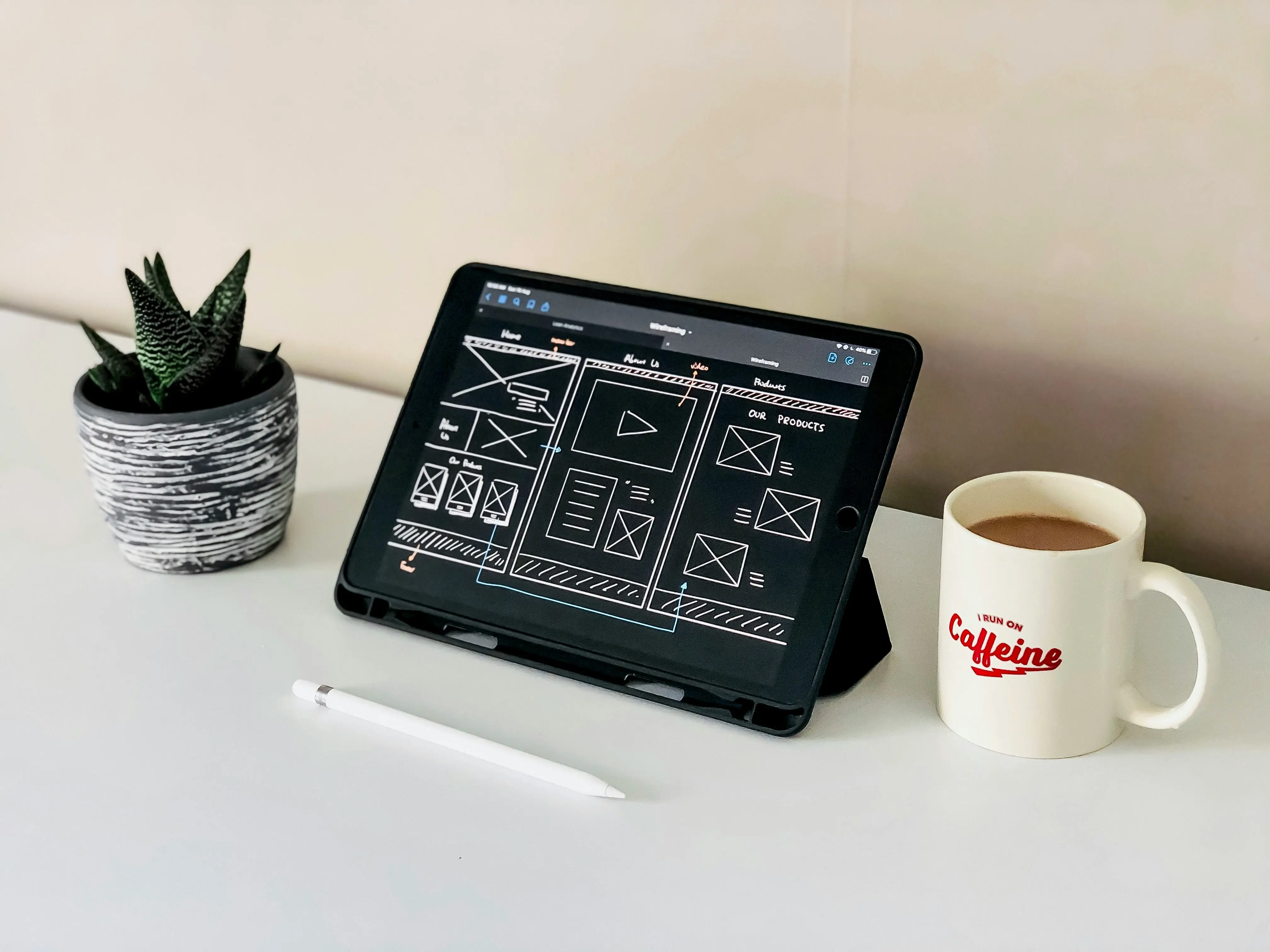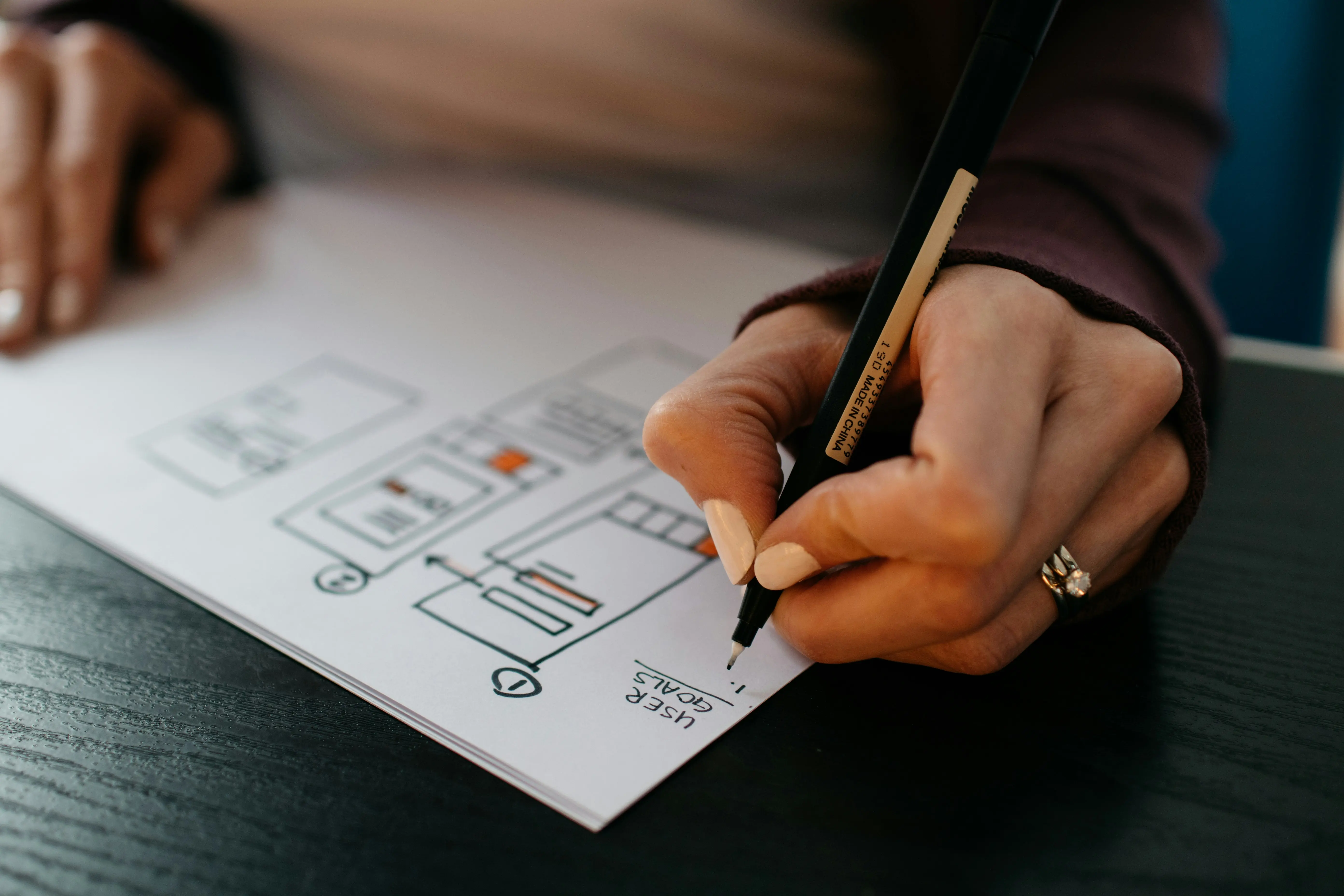july 16,2025
How Website Design Affects User Experience (UX)
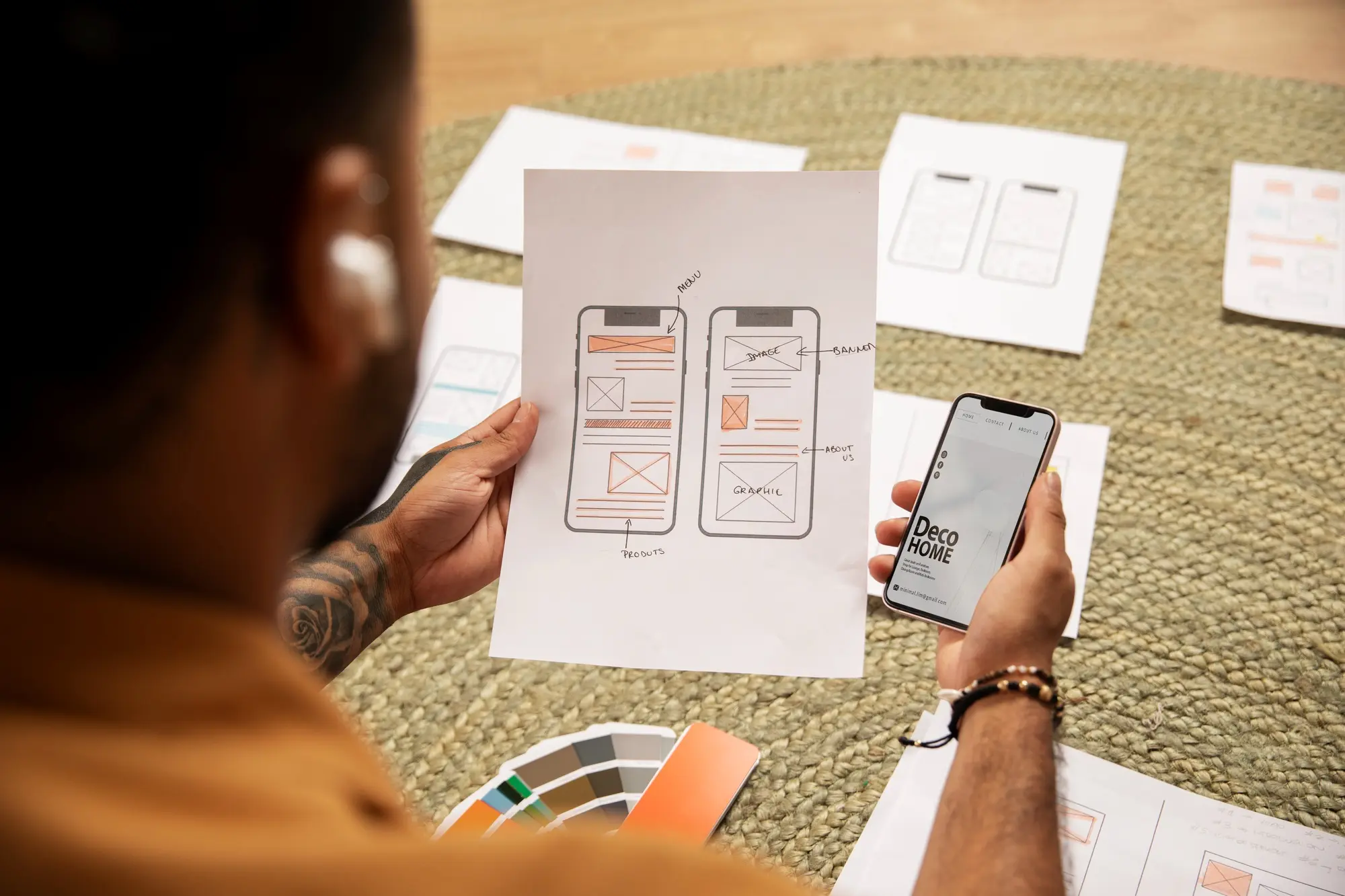
User Experience (UX) refers to every interaction a person has with a product or service. It includes how the product looks, how easy it is to use, how it makes the user feel, and how effectively it meets their needs. UX design is the process of improving these experiences—making them as smooth, enjoyable, and efficient as possible.
When it comes to websites, design and user perception are deeply connected. While it’s easy to think of design as just aesthetics, it actually goes far beyond that. Good design influences how something feels, how well it functions, and how it performs. In a digital world full of competition, effective design can create strong emotional connections and shape how users perceive your brand—even if they’re not consciously aware of it.
Website design best practices to remember
1. First Impressions and Visual Appeal
Your website’s first impression matters—a lot. Visitors often decide within seconds whether they’ll stay or leave, and visual appeal is a major factor in that decision. A clean, professional look can instantly build trust and signal credibility, while a cluttered or outdated design can do the opposite.
Why aesthetics matter: A visually appealing website draws users in and encourages them to stay longer, explore more, and return again. Design choices like color, layout, and spacing all contribute to a user’s initial reaction and influence their comfort level with your site.
Setting tone and trust: Consistent, polished design tells users that your brand is professional and reliable. Clear visuals, thoughtful structure, and intuitive interactions show that you’ve considered their experience—which builds confidence and encourages engagement.
2. Navigation and Site Structure
How a website is structured and how easily users can navigate it has a direct impact on their experience. Site structure refers to how pages are organized, while navigation is how users move between them.
The value of intuitive layout: Clear menus, logical flow, and well-placed links help users find what they need without frustration. When navigation is simple and intuitive, users are more likely to stick around and explore.
Supporting user flow: A smooth experience means users can move through your site effortlessly. This reduces bounce rates, increases time spent on your site, and improves conversions. Confusing navigation, on the other hand, can quickly drive visitors away.
3. Responsiveness and Mobile-Friendliness
Today’s users expect websites to work flawlessly on any device—whether it’s a desktop, tablet, or smartphone. Responsive design ensures your site automatically adjusts to different screen sizes and orientations.
Designing for every screen: A mobile-friendly website uses flexible grids, images, and layouts to ensure a consistent and easy-to-use experience across devices. This means users don’t need to zoom in, scroll sideways, or deal with broken layouts.
Mobile usability and engagement: If your site is hard to use on a phone, users will leave—plain and simple. Good mobile design boosts satisfaction, keeps visitors engaged longer, and improves SEO rankings. It's a non-negotiable in today’s digital landscape.
4. Page Speed and Performance
How fast your website loads plays a huge role in user experience. People expect speed—and if your site is slow, they’ll leave. A fast site keeps users happy, encourages them to explore, and helps your search rankings.
Why speed matters: Even a delay of a few seconds can lead to higher bounce rates and lost conversions. Users associate quick loading with professionalism and reliability.
Design and performance: Heavy images, animations, or messy code can drag down performance. On the flip side, optimized visuals, clean layouts, and efficient coding can make your site feel faster and more enjoyable to use.
5. Readability and Typography
Content is only useful if people can read it. Typography goes beyond font selection—it includes size, line spacing, contrast, and layout. When done well, it improves comprehension and keeps users engaged.
Choosing readable fonts: Clear, legible fonts with enough spacing make reading effortless. On the other hand, small, decorative, or low-contrast text can frustrate users and cause them to leave.
Creating visual hierarchy: Scannability is essential. Users often skim pages, so structuring content with headings, bold text, and visual cues helps them find what they’re looking for quickly.
6. Color Psychology and Branding
Colors do more than make your website look nice—they influence how people feel and respond. Strategic use of color helps shape your brand’s personality and can guide user behavior.
Colors and emotions:Different colors evoke different feelings. Blue might feel trustworthy, red might feel urgent, and green might feel calming. Understanding this can help you design a more emotionally resonant experience.
Aligning color with brand and usability: Your color choices should reflect your brand and support accessibility. A consistent color scheme builds recognition, while high-contrast colors ensure readability for all users.
7. Calls-to-Action (CTAs) and Conversion Optimization
A strong website doesn’t just inform—it encourages action. Whether it’s signing up, purchasing, or contacting, CTAs guide users toward meaningful steps.
Making CTAs stand out: Use bold colors, large buttons, and concise wording to make your CTAs clear and compelling. Placement matters too—don’t hide them in hard-to-find spots.
Visibility and placement: CTAs should be visible and feel like a natural next step. Strategically placing them at the right moments can dramatically increase conversions without feeling pushy.
8. Consistency and User Expectations
Consistency helps users feel confident as they explore your website. When design patterns stay the same across pages, users don’t have to re-learn how things work—they just know.
Why consistency matters: Uniform layouts, colors, buttons, and language create a seamless experience. This reduces confusion, builds trust, and keeps users focused on your content—not on figuring out how your site works.
Meeting vs. breaking expectations: While it’s good to be creative, it’s also important to align with common user behaviors. Surprising users can delight or frustrate—so if you’re breaking patterns, do it with purpose and clarity.
Conclusion
Design shapes how users feel, think, and act on your website. From the visual layout to how fast pages load, each decision influences the user journey. When design supports clear navigation, fast performance, and engaging content, it creates a smooth, enjoyable experience.
Putting the user first in your design choices isn't just smart—it’s essential. A user-focused approach builds trust, increases satisfaction, and lays the foundation for long-term success.
UX is your silent sales rep — make it a good one.
LetEsper Creationsupgrade your user experience today.
